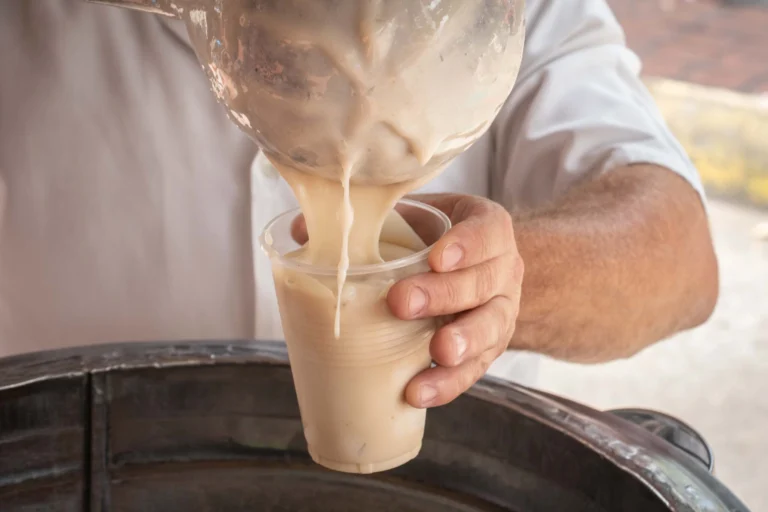Venezuelan Chicha: A Sweet Legacy from the Shores of Paria to the Streets of Today

Photo: Web
July 10, 2025 Hour: 2:57 pm
Long before it became a creamy street favorite served with cinnamon and condensed milk, chicha venezolana was already a cultural cornerstone—its earliest mention dating back to Christopher Columbus’s third voyage, when he arrived at the coast of Paria and was offered “wines of different colors” by the Indigenous peoples. Those “wines,” as later clarified by anthropologist Ocarina Castillo, were in fact chichas, fermented or not, made from maize and roots.
In pre-Columbian Venezuela, chicha was crafted from maíz, yuca, ocumo, and other starchy roots, often blended with fruits and vegetables. Each Indigenous community had its own name for the drink, which ranged from light and refreshing to highly fermented ceremonial brews used in rituals to appoint caciques, according to 16th-century chroniclers.
Thicker versions of chicha were known as atol, and when bordering on a meal, they were called mazamorra—a term still used today in parts of Latin America. Another variant, mazato, was sweetened with honey and later panela, especially in the Andean region, where rice eventually replaced maize.
The introduction of rice into Venezuelan cuisine came during the 17th century, though Jesuit missionaries had already noted local rice cultivation in Guayana. The transition from maize to rice marked a culinary shift, giving rise to the modern chicha de arroz, now a staple in homes, schools, and street carts across the country.
Today’s chicha is often made with precooked rice flour and milk, served chilled and topped with cinnamon or condensed milk. It’s not just a nostalgic treat—it’s a nutritious beverage enjoyed by children, elders, and everyone in between. According to Frank Portillo, production manager at Lácteos San Simón, their ready-to-drink chicha aims to be both affordable and nourishing, packaged in long-life Tetra Brik containers.
From its ritualistic roots to its commercial reinvention, chicha remains a symbol of Venezuelan identity, blending Indigenous tradition, colonial adaptation, and modern convenience.
Author: OSG






